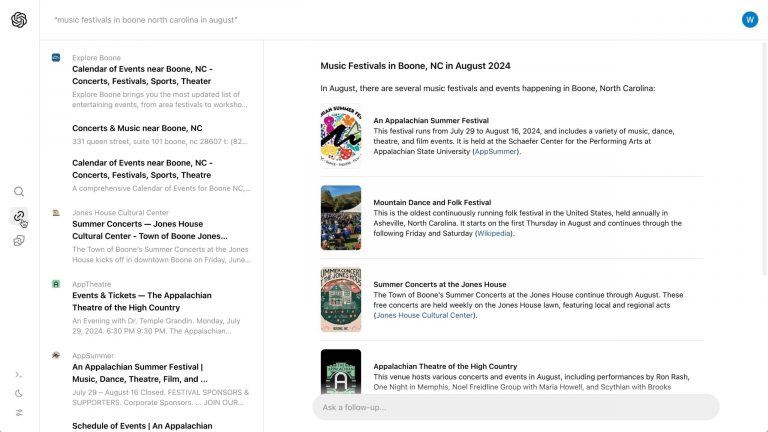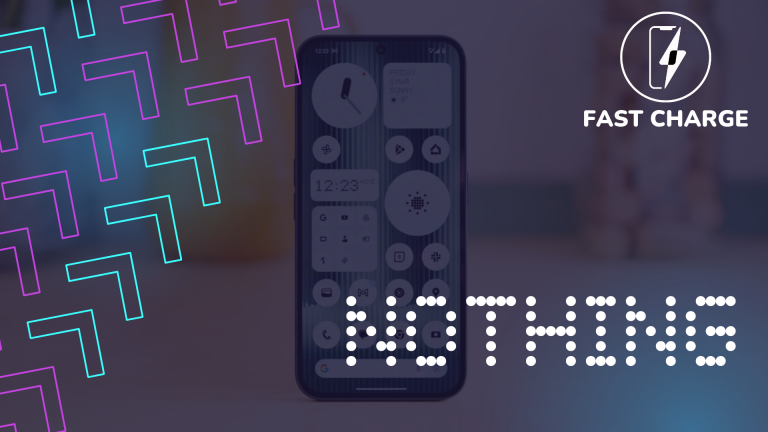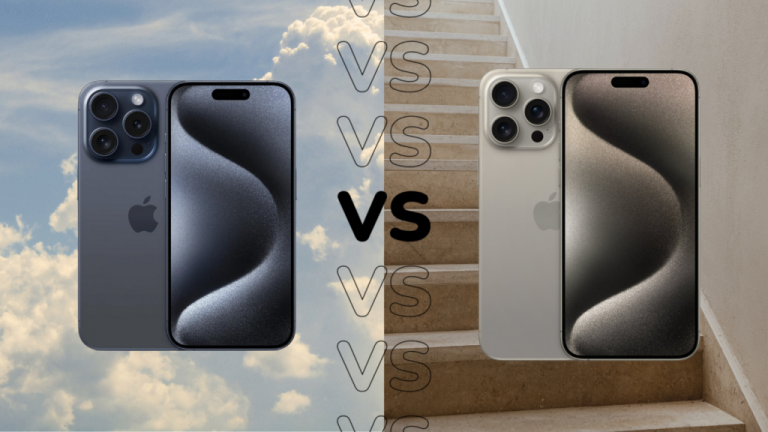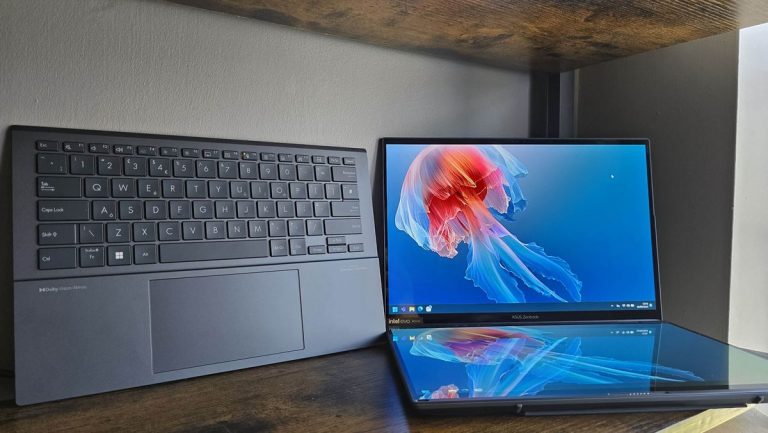Marvel vs. Capcom Fighting Collection Hands On
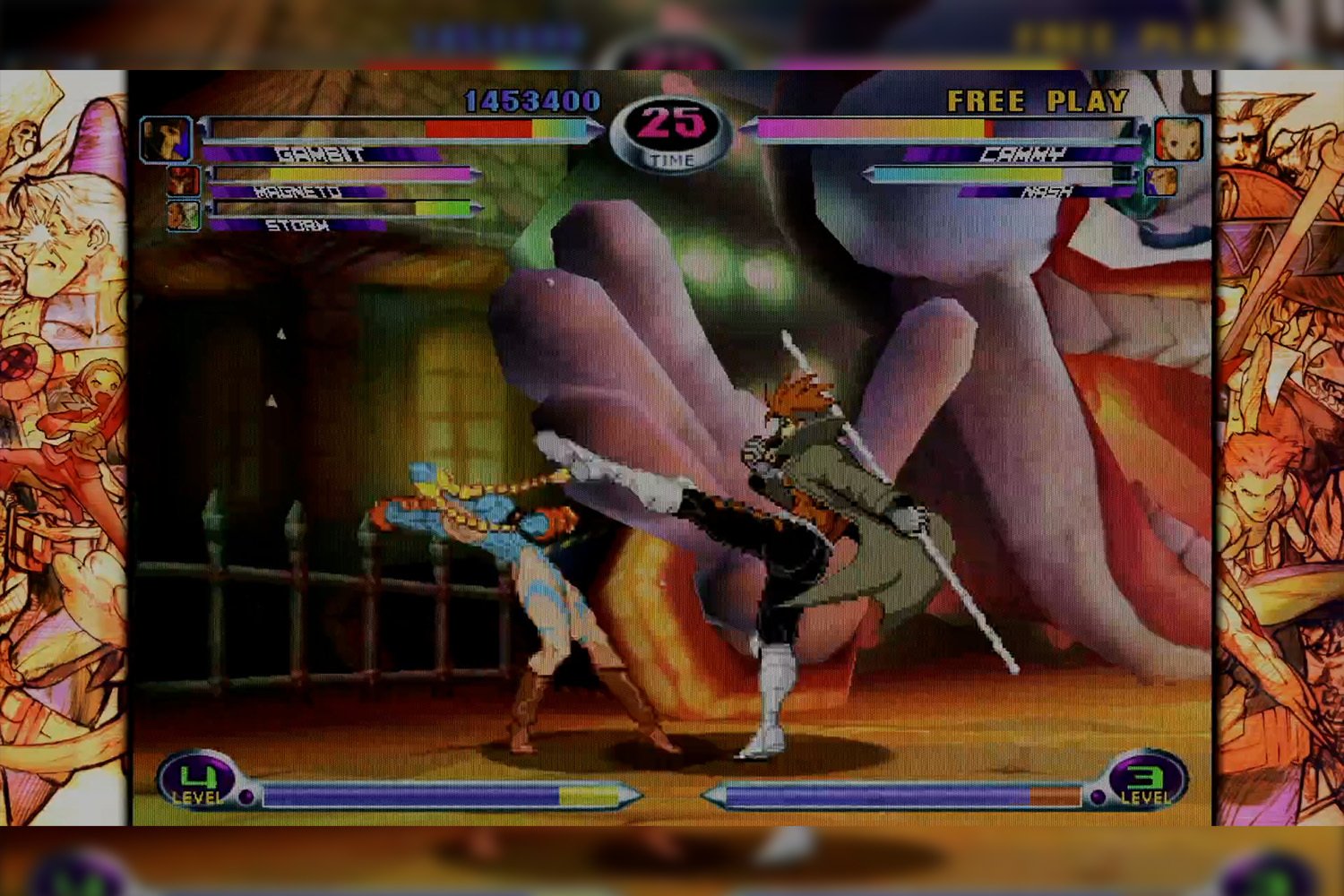
I first played the original Marvel vs. Capcom 2: New Age of Heroes on a scarred arcade cabinet erected like a tombstone in the corner of a retro video game shop in my hometown. It was intense—no, better than intense—it was manic. I had no idea what I was doing, yet characters flew across the screen in odd cameo combos, adding a bit of epic flare to each move.
Of course, I lost against those who had played it before. The cabinet is gone, along with that shop that was a spark of joy in my college days. No game matches that 2D, sprite-based energy of MvC 2, not by a mile. Capcom is reintroducing its comic book crossover fighters to today’s audience along with several of its crossover franchise staples together under the obnoxiously long title Marvel vs. Capcom Fighting Collection: Arcade Classics, and now I’m more fond of the game than ever before.
I spent more than an hour with Marvel vs. Capcom Fighting Collection. It was an endearingly straightforward port of six distinct Capcom fighting games featuring Marvel characters. It supports widescreen but with two gutters running along the edge of the screen to maintain the square aspect ratio of the old fighting game arcade cabinets. There’s also the addition of The Punisher, the 1993 beat-em-up that wasn’t available for my demo. The good news is that Capcom promises online co-op and the option to watch other players play the game online.
Does Capcom’s Fighting Collection Still Feel the Same as the Originals?
I did not get to test any of the online features, so I can’t say how the netcode holds up or show you how the leaderboards, nor will the ranked and casual online matches work. I also didn’t have the option to test every game fully with so little time. Still, on paper, it’s a full slate. The game offers players a rundown of how the Marvel and Capcom combo titles developed over the 1990s. The arcade collection includes:
- X-Men: Children of the Atom
- Marvel Super Heroes vs. Street Fighter
- Marvel vs. Capcom: Clash of Super Heroes
- Marvel vs. Capcom 2: New Age of Heroes
- The Punisher
I don’t mark nostalgia as a boon for games, but I can’t fault the attention to detail Capcom put into this release. The game features a mode to play with the scanlines you see on cabinets or CRTVs. You can even glance at the marquee card full of the characters’ basic move sets you would see on each game’s arcade cabinet. The benefit of the re-release is the ability to save your game before a big fight if you wish to keep trying rather than starting from square one. You also have the option of playing the English or Japanese versions of most games,
The last time we saw any of these games as an official release was on the Xbox 360 and PlayStation 3 with Marvel vs. Capcom: Origins, but that rerelease doesn’t have nearly as many titles to choose from. Unlike 2017’s lackluster Marvel vs. Capcom Infinite, the Arcade Classics collection holds its own just by the nature of its old-school sensibilities. The barks from each character are still as electric and endearing, even when they’re repeated ad-nauseum for every move. The sprites are so well animated, going back to the very beginning of the MvC series.
MvC 2 was made at the time with accessibility in mind, but the game is extra simple with players who want to enable the option for one-button combos. I didn’t feel the need for this feature, but I did start to feel at a loss with some of the previous titles, such as X-Men: Children of the Atom, with its much slower, more methodical gameplay and an AI that hammered me even on lower difficulty. There’s something addicting about the games, however. You won’t find fighting games nowadays willing to make players tear their hair out, like Psylocke’s ability to create mirror images of herself.
If anything, the collection reminds us that if Capcom ever wants to create a new version of its crossover games, it needs to embrace the speed and hilarity of spammy moves and screen-encompassing attacks.
Capcom announced Tuesday that the game would be going online for digital download for Switch, Steam, or PlayStation 4 on Sept. 12 (you can’t digitally preorder the PlayStation version). You’ll need to wait until Nov. 22 for a physical copy. The disc version also comes with a 32-page comic if you preorder for either Switch or PS4.
Capcom is On a Nostalgia High With its Terry Cameo for Street Fighter 6

The last time we had any of these games legitimately on consoles was back in 2009 with Marvel vs. Capcom: Origins collection. But it’s clear Capcom is on a nostalgia kick. During Tuesday’s Nintendo Direct, the legacy game publisher showed off its upcoming Capcom Fighting Collection 2, which includes Capcom vs. SNK 2 and the PowerStone titles. At Gamescom last week, Capcom also showed off its new character for Street Fighter 6, which is the amiable Terry from the Streets of Rage series.
It’s the first time the company’s brought in a cameo character for a mainline Street Fighter title, but when you consider just how many cross-games the company has made—and is now rereleasing—it doesn’t sound too significant. I played several rounds with Terry, though I mostly appreciated just how much of a sportsman’s attitude he has. His after-round animations where he goes to offer a hand to his opponent are incredibly endearing. If for no other reason, he would easily become my main if I ever got hard into Street Fighter.
Along with Terry, the company is introducing a new mode that may honestly be a game-changer for fighting game aficionados. There’s a new replay feature that doesn’t just let you rewind or slow down footage; you can take control of your character at a certain point in the match. The opponent will still perform the same moves, but now you can try a different combo and see how that would have played out. It works surprisingly well. The opponent doesn’t just swat at empty air. It still tries to close and perform the same moves as before.
Or, as you can tell by the video, if you’re already terrible at the game, no amount of replaying the same fight over and over will help you much in a future match.
Source: gizmodo.com

